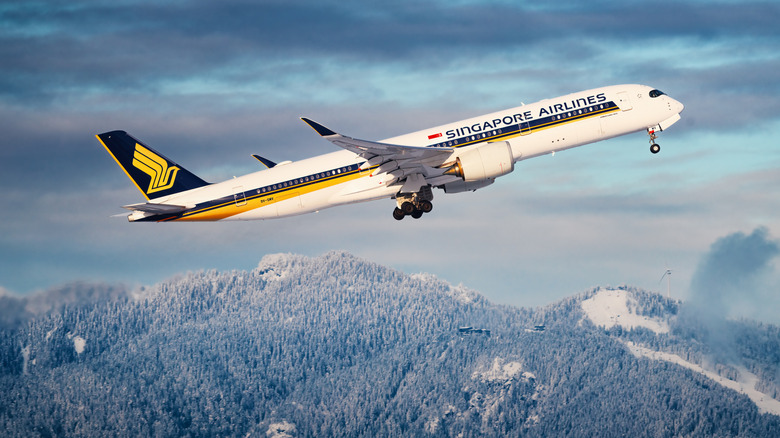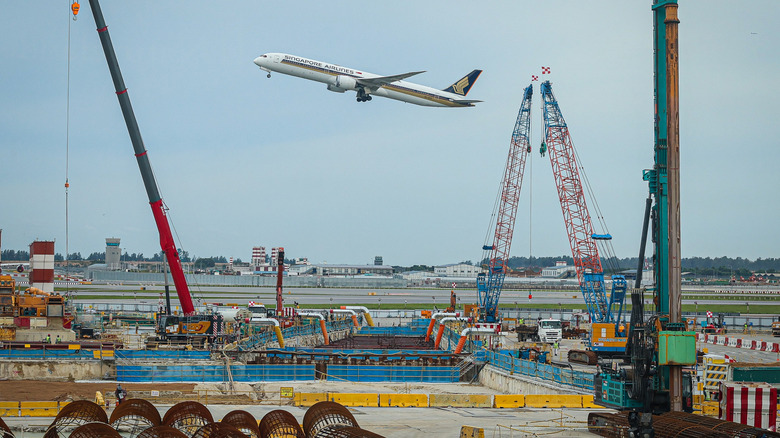For 17 years, the journey from Singapore to Houston was a thing of beauty: Passengers would board their flight in Changi Airport, then fly over to Manchester, U.K. After a two-and-a-half-hour layover, they’d continue across the Atlantic to Texas, where they’d finally land at George Bush Intercontinental Airport. Total distance: 10,013 nautical miles, or nearly one-half of the Earth’s circumference. This plane would literally travel halfway about around the world, making it the longest one-stop flight route in existence. Granted, most of us wouldn’t be thrilled about a 26-hour journey, even with a break in the middle, but the sheer mileage merits admiration. According to a report in Simply Flying, this route had carried about 1.3 million round-trip passengers by 2024.
Alas, no longer. Singapore Airlines terminated this epic itinerary in April, 2025. Limited demand for this niche route, and its inconvenient need to land in the middle of the trip for fuel and rest, likely contributed to the decision. There are still innumerable ways to fly from Houston to Singapore, using carriers like United and Japan Airlines, but they will require more than one aircraft, and possibly longer stops. While the company will no doubt mourn the loss of its record-breaking route, Singapore Airlines still maintains one of the world’s longest nonstop flights, a 19-hour trip between Changi Airport and John F. Kennedy International in New York City.
The bumpy history of the Singapore-Houston route
When the Singapore-Houston route was first established, its midpoint was Moscow, Russia. Passengers would land in Domodedovo Mikhail Lomonosov Airport, then mill around for a short time before boarding the same plane and resuming. The layover was moved to Manchester in 2016, and Singapore Airlines actually closed its offices in Russia in 2024. As time wore on, the carrier had to face the music: only 64% of available seats were booked on a typical flight, a ratio that was proving increasingly unprofitable.
Such an epic flight plan does beg the question: Who were all these people flying directly between Singapore and Houston? They aren’t sister-cities. There isn’t a large or vocal Singaporean neighborhood in the Lone Star State, nor is there a sizable Texan community on this small Southeast Asian island. They don’t even have much in common, aside from humid heat, flat topography, and a shared investment in the petroleum industry. Singapore is most famous for its immaculate cleanliness and innovative design, while Houston is known for its Space Center and Astrodome. Aside from business travelers and eccentric backpackers, you might wonder why this route existed in the first place.
Houston is a major hub for several Star Alliance members, including Singapore Airlines. This allowed savvy travelers to use and accrue points through the loyalty program, and connected travelers going via Singapore to a wealth of destinations across North and South America. Regardless, it’s always sad when an extreme form of transportation ceases service, especially after so many years in the air. Supply-and-demand is a cruel reality. But if you’re just dying to spend hours and hours in a seated position, here are the 15 longest non-stop flights in the world. No need to even stop!



